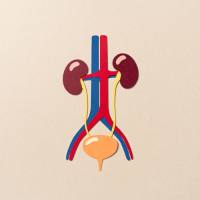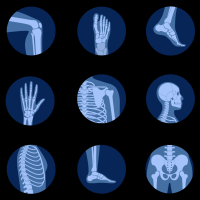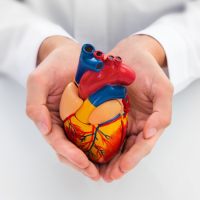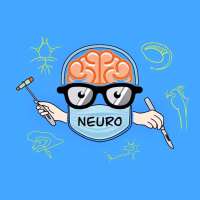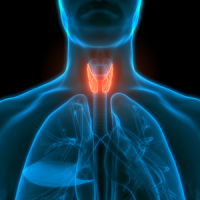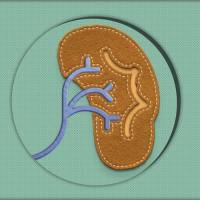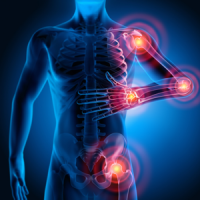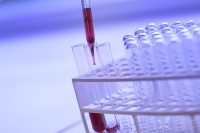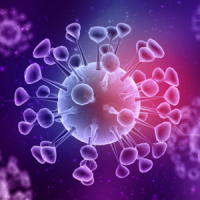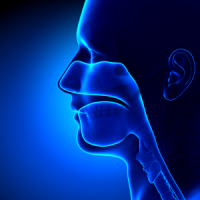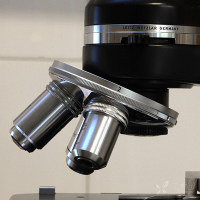【medical-news】医学成像技术在干细胞心脏移植方面帮助重大
12/7/2006
By: Reuters Health
NEW YORK (Reuters Health), Dec 7 - Multiple imaging techniques are being used preclinically to chart the progress of stem cells implanted into infarcted myocardium, and these efforts are providing insight into what may be the most effective approaches in humans, according to a paper published in the November 21st issue of the Journal of the American College of Cardiology.
As lead author Dr. Rong Zhou told Reuters Health, he and his colleagues "reviewed a variety of imaging methods for tracking stem cells implanted in the heart of animal models of myocardial infarction."
"This article," he added, "is written in the backdrop of recently published results of clinical trials using bone marrow stem cells. These trials revealed a moderate or minimal improvement of the cardiac function in patients."
Dr. Zhou of the University of Pennsylvania, Philadelphia, and colleagues reviewed noninvasive imaging modalities to track implanted cells, including magnetic resonance imaging (MRI), positron emission tomography (PET), single-photon emission computed tomography (SPECT), and optical imaging using luminescence and fluorescence.
Overall, optical imaging appears to have the greatest sensitivity, followed by PET and SPECT. MRI is believed to have the lowest sensitivity.
Optical imaging techniques offer high spatial resolution but are limited to preclinical use. Nuclear techniques, including reporter genes and direct cellular radiolabeling, have good detectability but more limited spatial resolution.
It appears, say the investigators, that a multimodal approach "using combined PET or SPECT and MRI agents may ultimately prove most useful in clinical settings."
Summing up, Dr. Zhou concluded that the major point "is that more basic research is needed to address critical issues arising from these trials, for example, the optimal cell type, the strategies for survival and differentiation of stem cells in the heart -- and imaging methods provide unique tools for addressing these issues."
By David Douglas
Last Updated: 2006-12-07 10:16:01 -0400 (Reuters Health)
J Am Coll Cardiol 2006;48:2094-2106.
http://www.auntminnie.com/index.asp?Sec=sup&Sub=car&Pag=dis&ItemId=73915







